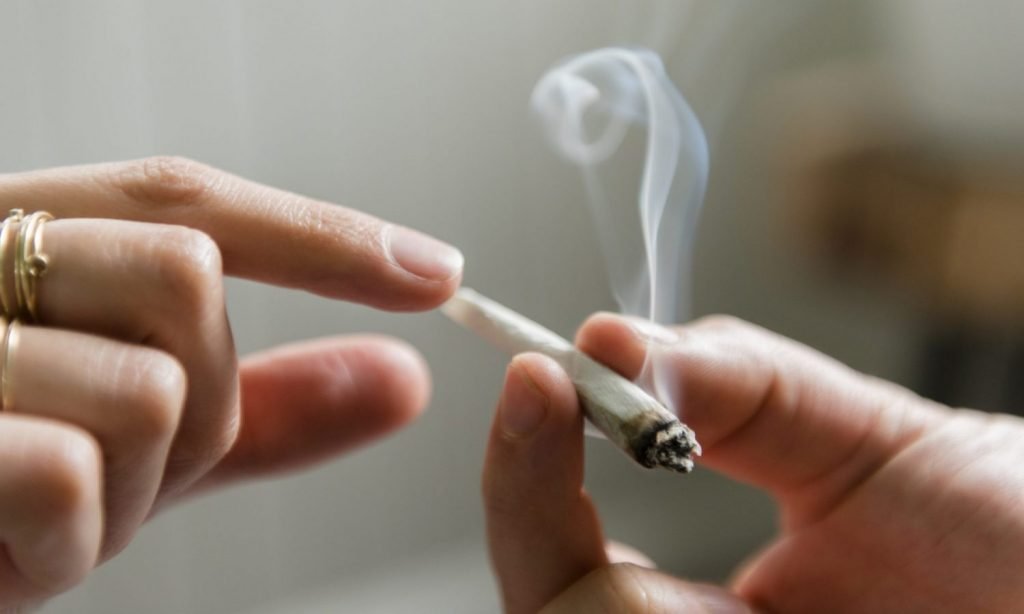
Cut out alcohol, there’s a new Weedy Vice King in town
Since Colorado legalized recreational marijuana in 2012, it’s no secret that doing so would be a financial godsend for both cannabis companies and the state itself. A decade later, several other states have followed in the footsteps of the Centennial State by allowing their citizens to purchase cannabis in ways similar to alcohol or liquor.
Although recreational marijuana sales were believed to be starting off strong, experts couldn’t have predicted that demand would be as high as it was before. Here are a few key indicators that show that alcohol is no longer ruler of the kingdom of vice.
Photo by BENCE BOROS via Unsplash
People are looking for new alternatives to alcohol
No one has been more surprised by the high demand for cannabis products than beer, wine and spirits companies. Sales tax revenues for alcohol were exceeded by that for recreational marijuana. According to David Feldman, CEO of Skip the introductory guide, a strategic consultancy for emerging cannabis brands, there are many reasons why cannabis tax revenues exceed alcohol.
“Some states have higher rates of tax on marijuana sales than alcohol, so this difference may partly reflect that,” he said. “Still, seeing cannabis tax revenues exceed that of alcohol is an important milestone as it appears that more people are using cannabis as an alternative to more addictive products like alcohol and pain relievers.”
Numbers don’t lie
The idea that people are looking for alternatives to alcohol shows the fact that only 60% of American adults do reported drinking alcoholic beverages this year, that’s almost 10% less than a decade ago, when that figure was 67%. Over the past decade, the public’s perception of recreational cannabis use by adults has changed dramatically. This has caused cannabis use to go in the completely opposite direction of alcohol use, which is one of the main reasons it has outperformed alcohol in sales tax revenue. Research shows roughly that 22 million Americans use cannabis every month.
RELATED: Marijuana is a substitute for alcohol during the pandemic and May have long-term benefits
Another piece of evidence of America’s continued attraction to cannabis as an alternative to alcohol is that further studies predict that the number of Americans who have at least tried marijuana will soon exceed 50%. Both Washington states and California are current examples of how statewide legalization of cannabis could lead to alcohol finally playing second fiddle. California, for example, raised $ 369,028,000 Income from the sale of alcohol, compared to more than $ 1 billion in tax revenue from cannabis sales. Washington State collected randomly more than $ 229.4 million in sales tax revenue for cannabis products than for alcoholic products in fiscal 2020. This trend shows no signs of slowing.
RELATED: Alcohol vs. Weed: How the Two Affect the Brains of Young Adults
According to the Washington State Liquor and Cannabis Bureau, sales tax revenues from cannabis products have nearly tripled that of alcoholic products. While total alcohol sales tax revenue was approximately $ 18,500.00, cannabis product sales tax revenue was more than $ 46,503,315. The question is whether these sales tax numbers will stay the same after the recreational cannabis market begins to mature.
 Photo by Jamie Grill / Getty Images
Photo by Jamie Grill / Getty Images
Will cannabis’ reign as king last as long as alcohol?
After the end of Prohibition, alcohol was the drug of choice for decades. The peak of American alcohol consumption occurred in the mid to late 1970s when more than 70% of Americans reported Be a drinker. In the near century after the alcohol ban ended, it was likely overdue for Americans for a new vice to grab their attention, and then their wallets.
RELATED: Cannabis vs. Craft Beer – How’s It Going?
With the marijuana ban now in its final stages, the question that will upset cannabis users in the years to come will be the substance of choice that threatens the crown that marijuana has taken from alcohol.

Post a comment: